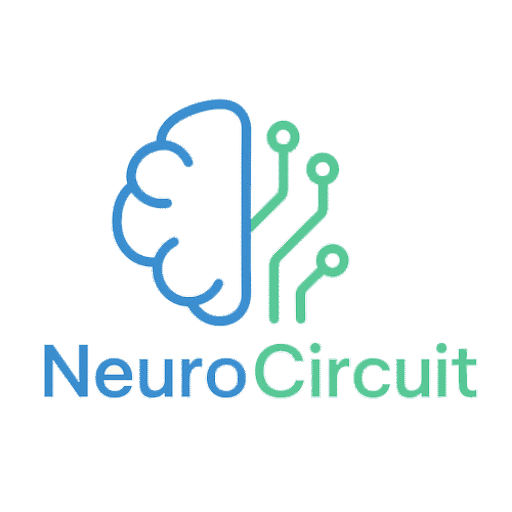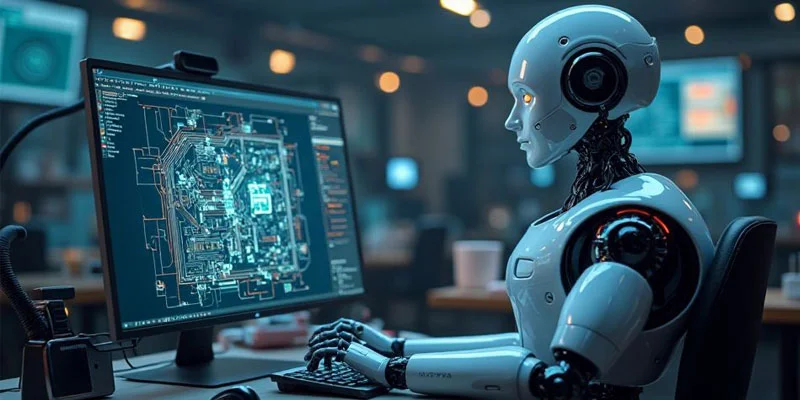Practical training, The latest trainings
Can AI Replace Human Engineers in Circuit Design?
This article and content were not produced and written by artificial intelligence
Artificial Intelligence (AI) is rapidly reshaping industries across the globe, from healthcare and finance to transportation and manufacturing. One of the fields where AI is gaining momentum is circuit design, an area traditionally dominated by human engineers. With the rise of AI-powered Electronic Design Automation (EDA) tools, questions have emerged: Can AI replace human engineers in circuit design? Or will AI simply augment human capabilities?
In this article, we will explore the role of AI in circuit design, its current capabilities, limitations, and whether it can truly replicate human judgment, creativity, and intuition.
The Evolution of Circuit Design
Circuit design has undergone massive transformations over the decades. In the early days, engineers manually drew PCB (Printed Circuit Board) layouts on paper or film. The introduction of CAD (Computer-Aided Design) tools accelerated the process, enabling engineers to design faster and with fewer errors.
Today, AI-driven EDA software has taken things even further. Modern tools can:
-
Automatically route PCB traces.
-
Optimize signal integrity and impedance.
-
Detect design flaws before fabrication.
-
Simulate electromagnetic interference (EMI) and power efficiency.
The big question is: does this mean engineers will become obsolete?
What AI Can Already Do in Circuit Design
AI has demonstrated significant progress in the following areas:
1. Automated PCB Routing
AI algorithms can automatically route traces, minimizing crosstalk, signal delay, and EMI. Unlike traditional auto-routers, AI uses optimization and machine learning to find the most efficient path.
2. Error Detection and Correction
AI can identify common design mistakes, such as short circuits, thermal management issues, and poor component placement, before they reach manufacturing.
3. Optimization of Power and Performance
AI can simulate different design choices and automatically choose the most energy-efficient and cost-effective solutions.
4. Design for Manufacturability (DFM)
AI ensures that designs meet manufacturing standards, reducing costly reworks.
The Human Advantage: What Engineers Bring to the Table
Despite AI’s impressive capabilities, human engineers bring unique qualities that are difficult to replicate:
1. Experience and Judgment
Engineers draw on decades of experience, allowing them to spot subtle issues AI might miss. For example, a seasoned engineer may intuitively know that a specific routing decision will create EMI problems, even if AI doesn’t flag it.
2. Creativity and Innovation
AI follows patterns and data. Engineers, on the other hand, can invent completely new design approaches that go beyond existing knowledge.
3. Intuition
Intuition in engineering is built from years of hands-on problem-solving. When something “feels off” in a design, engineers can often catch it before it becomes a problem. AI, at least in its current state, lacks this subconscious pattern recognition.
4. Client Communication
Engineering is not just about drawing lines on a PCB. It involves interpreting vague client requirements, managing trade-offs, and making system-level decisions that AI cannot fully understand.
Can AI Simulate Human Intuition?
The short answer is: Yes, to some extent.
Human intuition is essentially pattern recognition learned from vast experience. If AI is trained on massive datasets of real-world PCB designs—both successful and failed—it can develop a similar form of intuition. Advanced techniques such as:
-
Deep Learning (to recognize hidden patterns).
-
Reinforcement Learning (to improve through trial and error).
-
Multi-Objective Optimization (to balance performance, cost, and reliability).
… could allow AI to make decisions that resemble human intuition.
However, AI’s intuition is limited by the quality and diversity of the data it’s trained on. In new or highly innovative projects where no prior data exists, human engineers still have the upper hand.
The Future: Human-AI Collaboration

The most realistic outcome is not AI replacing engineers, but rather AI augmenting engineers.
-
AI as a Co-Pilot: Engineers will rely on AI tools to handle repetitive, error-prone tasks like routing and simulation, while focusing on higher-level decision-making.
-
Faster Prototyping: AI can reduce design cycles from weeks to days, accelerating innovation.
-
Smarter Designs: By analyzing massive amounts of data, AI can suggest design optimizations humans may never think of.
Instead of replacing engineers, AI will likely make them more efficient, creative, and impactful.
Challenges of AI in Circuit Design
Before AI can fully compete with human engineers, it faces several challenges:
-
Data Limitations – AI needs vast datasets of real designs, which are often proprietary and unavailable.
-
Explainability – Engineers and clients want to know why a certain decision was made. AI must be explainable, not a “black box.”
-
Adaptability – AI struggles in completely new or unprecedented design problems.
-
Trust – Engineers must trust AI-generated designs before deploying them in mission-critical applications.
Conclusion: Replacement or Partnership?
So, can AI replace human engineers in circuit design?
-
In routine, repetitive tasks: Yes, AI already outperforms humans.
-
In judgment, creativity, and intuition: Not yet, though progress is being made.
-
In the near future: AI will serve as a powerful assistant, not a full replacement.
The future of circuit design lies in collaboration—where AI handles the heavy lifting, and human engineers bring creativity, intuition, and system-level thinking.
Ultimately, AI will not eliminate human engineers. Instead, it will redefine the role of engineers, making them strategists, innovators, and supervisors of AI-driven design.
Join our newsletter to get the latest projects, tutorials, and tech updates straight to your inbox! 🚀

